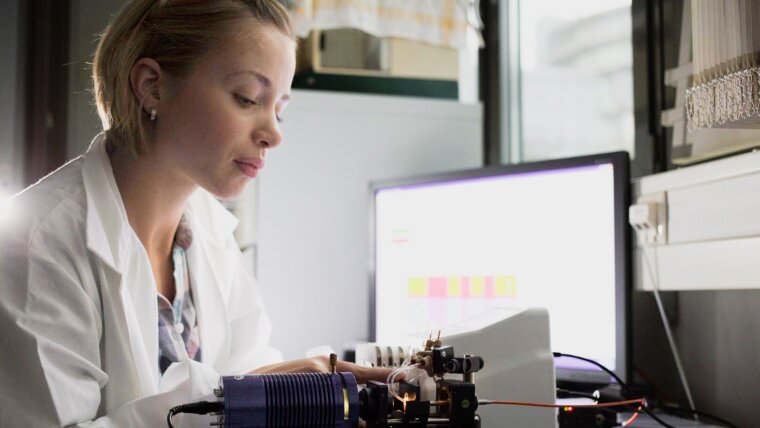
New detection processes for micro pollutants in water
A scientist setting up a piece of electronical equipment in a lab
- Leibniz Institute of Photonic Technology (Leibniz IPHT)External link
- Friedrich Schiller University Jena, Institute of Computer Science, Visualization and Explorative Data Analysis GroupExternal link
- SQB – Steinbeis Qualitätssicherung und Bildverarbeitung GmbHExternal link
- design:lab weimar GmbHExternal linkde
Jürgen Popp, Prof. Dr
Leibniz-Institut für Photonische Technologien
Albert-Einstein-Straße 9
07745 Jena Google Maps site planExternal link
07745 Jena Google Maps site planExternal link

